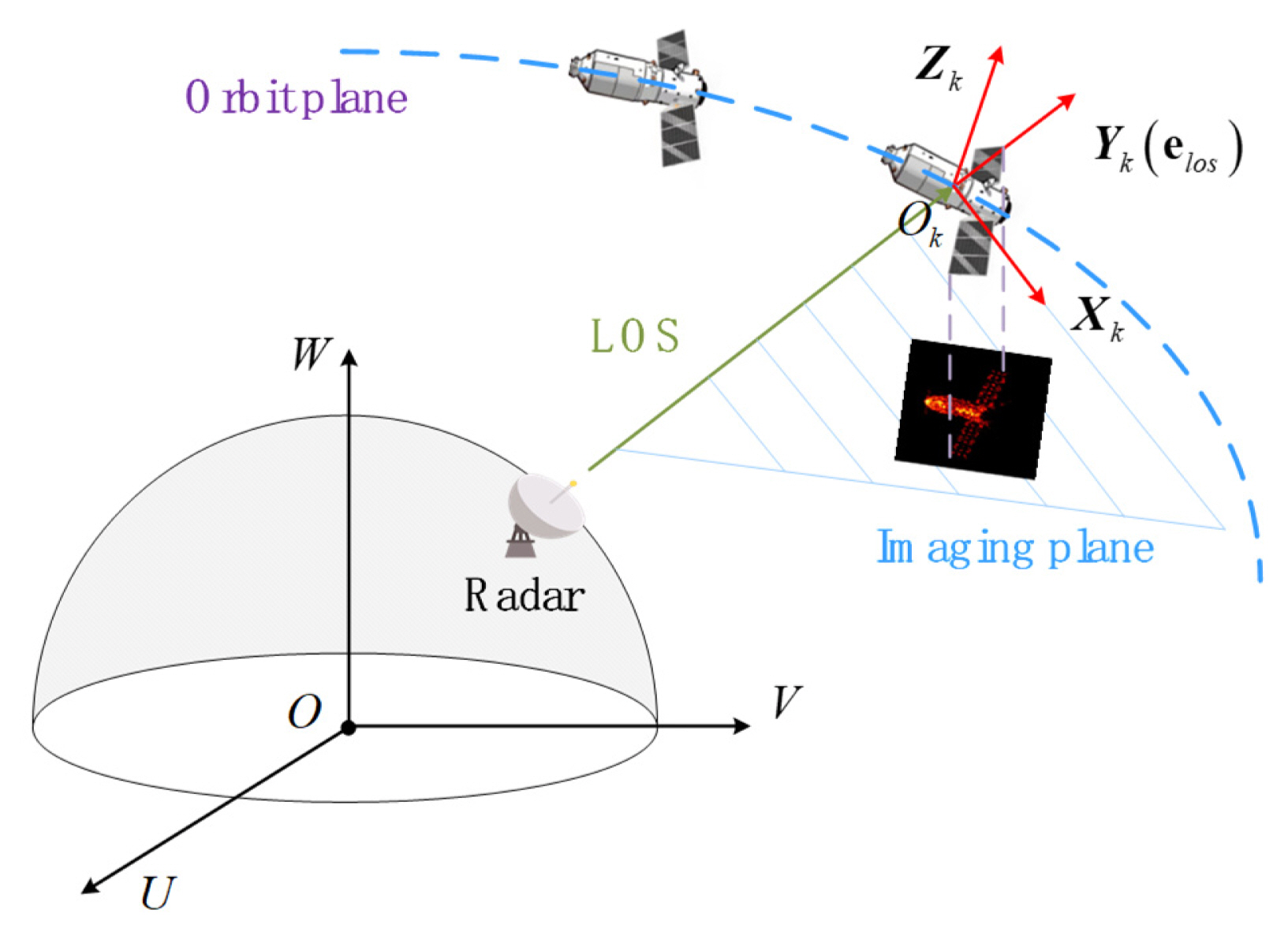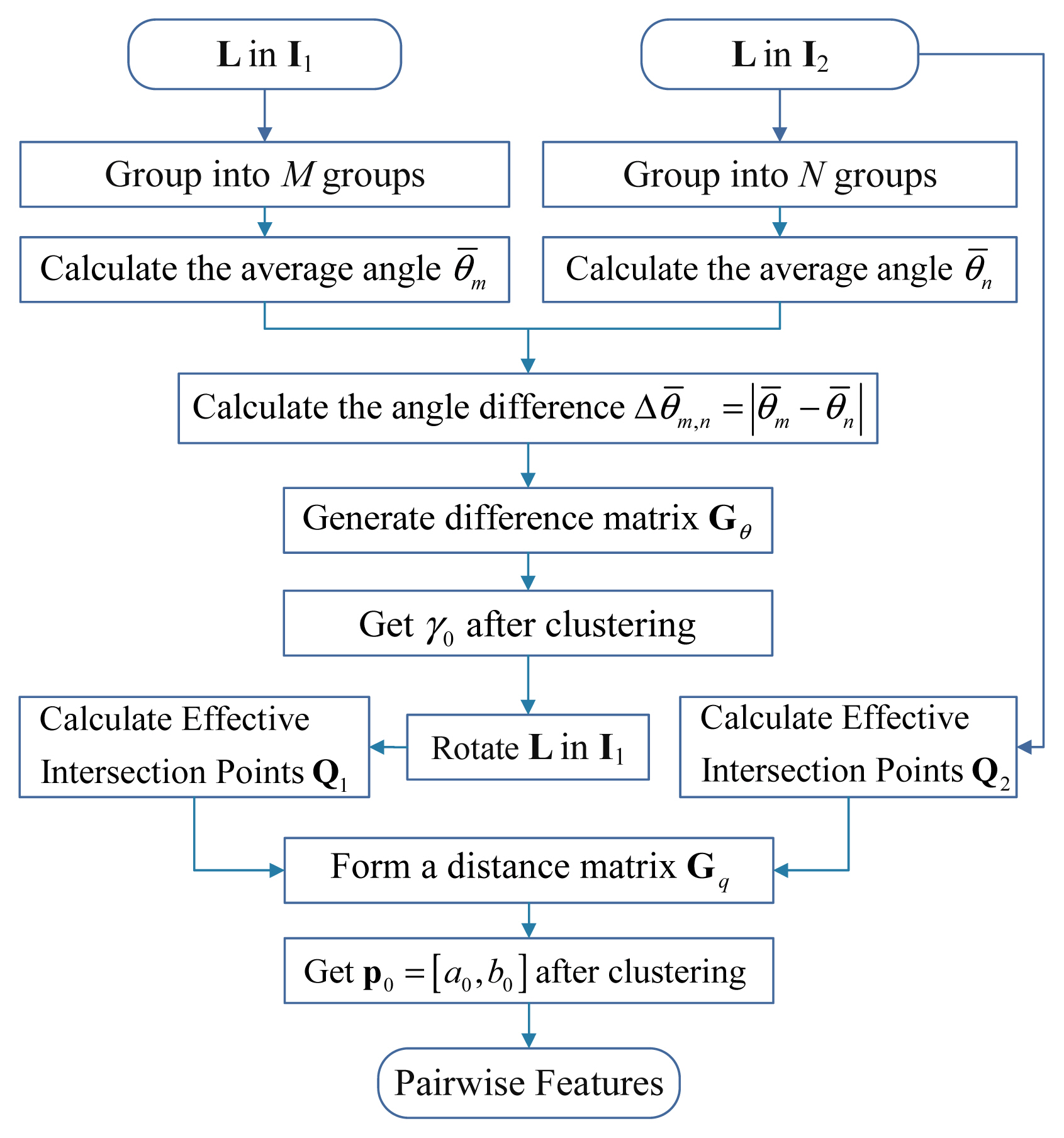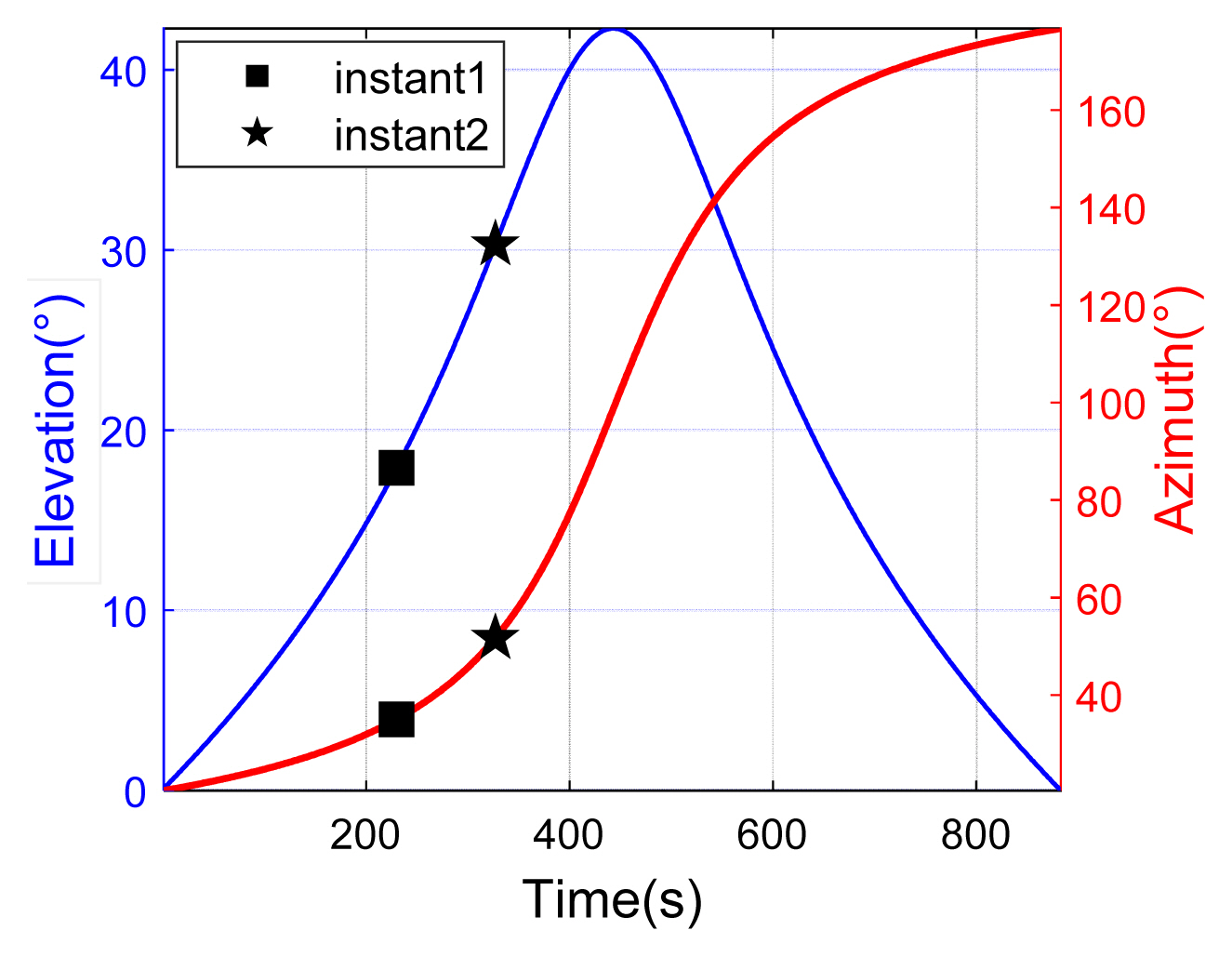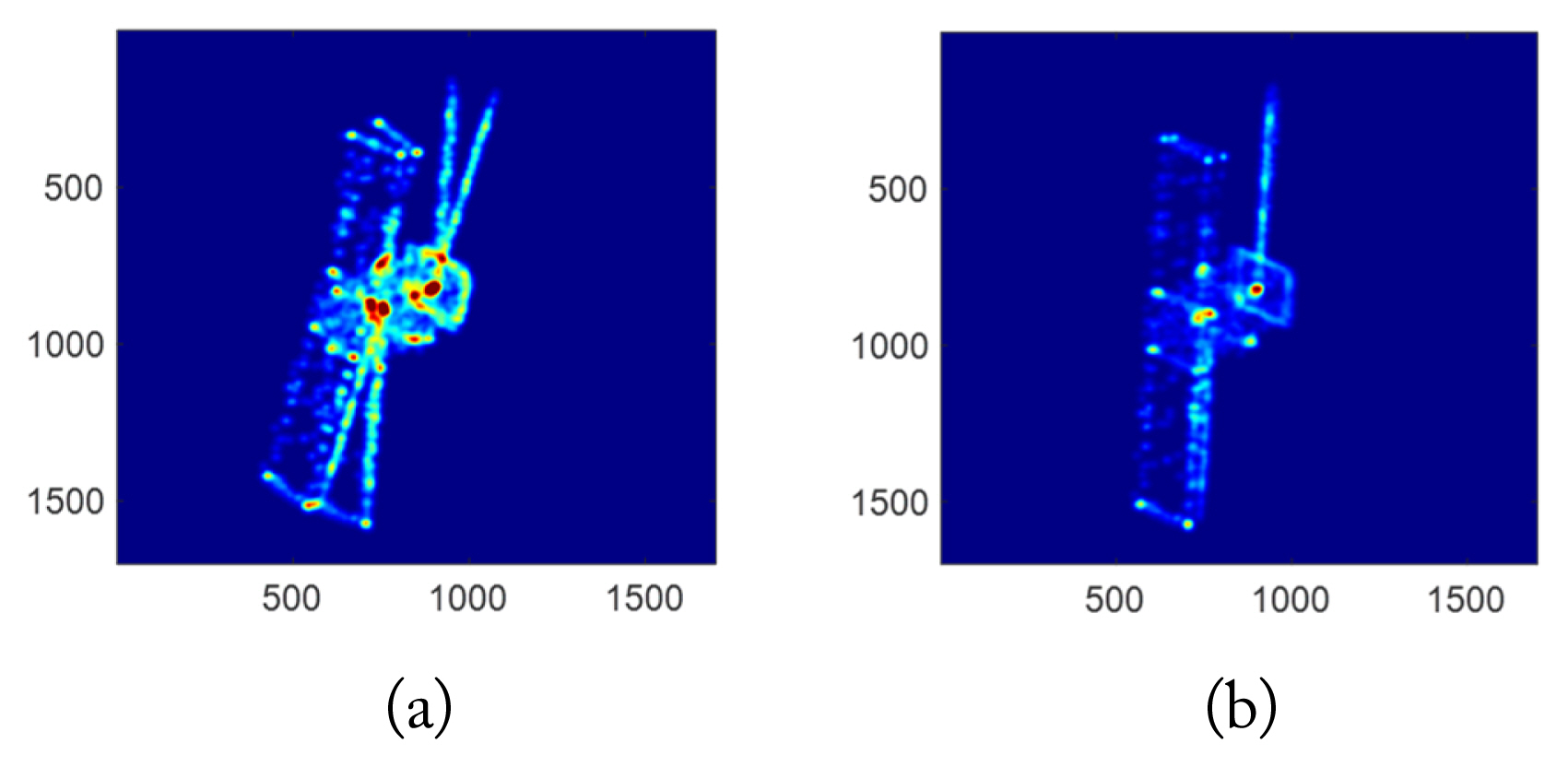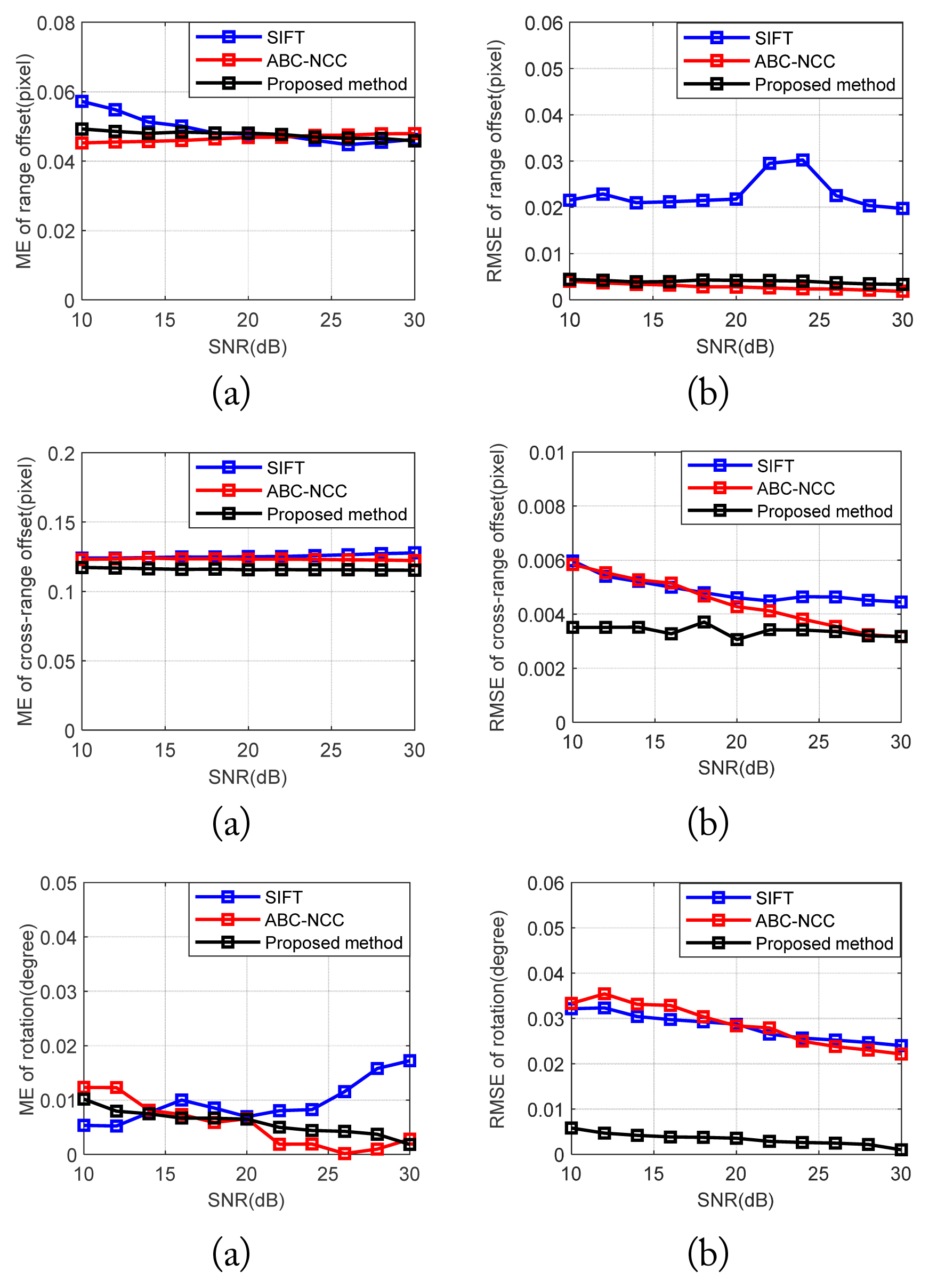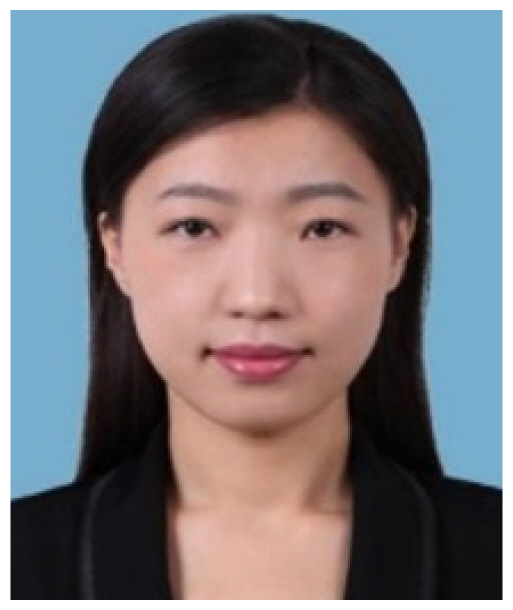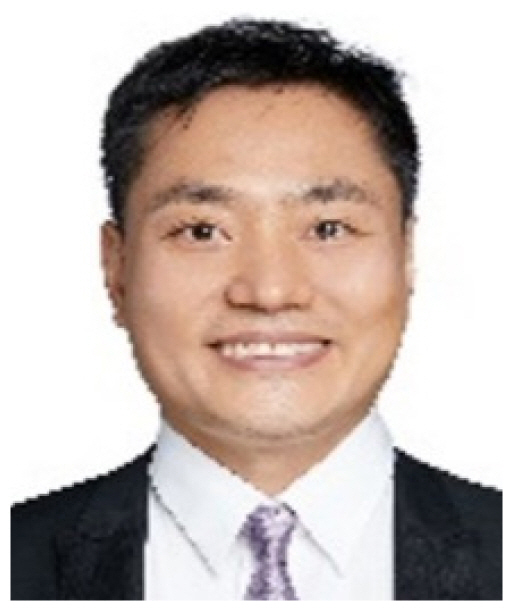2. M. Arar, Y. Ginger, D. Danon, A. H. Bermano, and D. Cohen-Or, "Unsupervised multi-modal image registration via geometry preserving image-to-image translation," In:
Proceedings of the IEEE/CVF Conference on Computer Vision and Pattern Recognition; Seattle, WA, USA. 2020, pp 13407ŌĆō13416.

3. Q. Yu, D. Ni, Y. Jiang, Y. Yan, J. An, and T. Sun, "Universal SAR and optical image registration via a novel SIFT framework based on nonlinear diffusion and a polar spatial-frequency descriptor,"
ISPRS Journal of Photogrammetry and Remote Sensing, vol. 171, pp. 1ŌĆō17, 2021.
https://doi.org/10.1016/j.isprsjprs.2020.10.019

4. T. Zhang, R. Zhao, and Z. Chen, "Application of migration image registration algorithm based on improved SURF in remote sensing image mosaic,"
IEEE Access, vol. 8, pp. 163637ŌĆō163645, 2020.
https://doi.org/10.1109/ACCESS.2020.3020808

5. H. Zhang, W. Ni, W. Yan, D. Xiang, J. Wu, X. Yang, and H. Bian, "Registration of multimodal remote sensing image based on deep fully convolutional neural network,"
IEEE Journal of Selected Topics in Applied Earth Observations and Remote Sensing, vol. 12, no. 8, pp. 3028ŌĆō3042, 2019.
https://doi.org/10.1109/JSTARS.2019.2916560

6. B. S. Kang, K. Lee, and K. T. Kim, "Image registration for 3-D interferometric-ISAR imaging through joint-channel phase difference functions,"
IEEE Transactions on Aerospace and Electronic Systems, vol. 57, no. 1, pp. 22ŌĆō38, 2021.
https://doi.org/10.1109/TAES.2020.3021108

9. E. Adel, M. Elmogy, and H. Elbakry, "Image stitching based on feature extraction techniques: a survey,"
International Journal of Computer Applications, vol. 99, no. 6, pp. 1ŌĆō8, 2014.

11. Y. D. Pranata, K. C. Wang, J. C. Wang, I. Idram, J. Y. Lai, J. W. Liu, and I. H. Hsieh, "Deep learning and SURF for automated classification and detection of calcaneus fractures in CT images,"
Computer Methods and Programs in Biomedicine, vol. 171, pp. 27ŌĆō37, 2019.
https://doi.org/10.1016/j.cmpb.2019.02.006


12. Y. Zou, J. Tian, G. Jin, and Y. Zhang, "MTRC-tolerated multi-target imaging based on 3D Hough transform and non-equal sampling sparse solution,"
Remote Sensing, vol. 13, no. 19, article no. 3817, 2021.
https://doi.org/10.3390/rs13193817

13. E. J. Almazan, R. Tal, Y. Qian, and J. H. Elder, "MCMLSD: a dynamic programming approach to line segment detection," In:
Proceedings of the IEEE Conference on Computer Vision and Pattern Recognition; Honolulu, HI, USA. 2017, pp 2031ŌĆō2039.
https://doi.org/10.1109/CVPR.2017.620

14. J. Tian, S. Liu, X. Zhong, and J. Zeng, "LSD-based adaptive lane detection and tracking for ADAS in structured road environment,"
Soft Computing, vol. 25, pp. 5709ŌĆō5722, 2021.
https://doi.org/10.1007/s00500-020-05566-4

15. M. Chen, S. Yan, R. Qin, X. Zhao, T. Fang, Q. Zhu, and X. Ge, "Hierarchical line segment matching for wide-baseline images via exploiting viewpoint robust local structure and geometric constraints,"
ISPRS Journal of Photogrammetry and Remote Sensing, vol. 181, pp. 48ŌĆō66, 2021.
https://doi.org/10.1016/j.isprsjprs.2021.09.002

17. Y. Wang, Y. Shu, X. Yang, M. Zhou, and Z. Tian, "Recent progress of ISAR imaging algorithms,"
Communications, Signal Processing, and Systems. Singapore: Springer, 2020. p.1418ŌĆō1421.
https://doi.org/10.1007/978-981-15-8411-4_188

18. L. Yang, M. Xing, L. Zhang, G. C. Sun, Y. Gao, Z. Zhang, and Z. Bao, "Integration of rotation estimation and high-order compensation for ultrahigh-resolution microwave photonic ISAR imagery,"
IEEE Transactions on Geoscience and Remote Sensing, vol. 59, no. 3, pp. 2095ŌĆō2115, 2021.
https://doi.org/10.1109/TGRS.2020.2994337

19. P. Zhou, G. Zhang, and W. Yang, "A review of ISAR imaging technology," In:
Proceedings of 2020 IEEE International Conference on Information Technology, Big Data and Artificial Intelligence (ICIBA); Chongqing, China. 2020, pp 664ŌĆō668.
https://doi.org/10.1109/ICIBA50161.2020.9277180

20. R. Soundrapandiyan, S. C. Satapathy, P. V. S. S. R. Chandra Mouli, and N. G. Nhu, "A comprehensive survey on image enhancement techniques with special emphasis on infrared images,"
Multimedia Tools and Applications, vol. 81, pp. 9045ŌĆō9077, 2022.
https://doi.org/10.1007/s11042-021-11250-y

21. F. Samadi, G. Akbarizadeh, and H. Kaabi, "Change detection in SAR images using deep belief network: a new training approach based on morphological images,"
IET Image Processing, vol. 13, no. 12, pp. 2255ŌĆō2264, 2019.
https://doi.org/10.1049/iet-ipr.2018.6248

22. J. Liang, C. Fan, S. Hou, C. Shen, Y. Huang, and S. Yu, "GaitEdge: beyond plain end-to-end gait recognition for better practicality,"
Computer Vision ŌĆō ECCV 2022. Cham, Switzerland: Springer, 2022. p.375ŌĆō390.
https://doi.org/10.1007/978-3-031-20065-6_22

23. D. Dhillon and R. Chouhan, "Enhanced edge detection using SR-guided threshold maneuvering and window mapping: handling broken edges and noisy structures in canny edges,"
IEEE Access, vol. 10, pp. 11191ŌĆō11205, 2022.
https://doi.org/10.1109/ACCESS.2022.3145428

24. X. Zhang, J. Cui, J. Wang, C. Sun, Z. Zhu, F. Wang, and Y. Ma, "Parametric scatterer extraction method for space-target inverse synthetic aperture radar image CLEAN,"
IET Radar, Sonar & Navigation, vol. 17, no. 5, pp. 899ŌĆō915, 2023.
https://doi.org/10.1049/rsn2.12386

28. A. Pradhan, S. K. Bisoy, and A. Das, "A survey on PSO based meta-heuristic scheduling mechanism in cloud computing environment,"
Journal of King Saud University-Computer and Information Sciences, vol. 34, no. 8, pp. 4888ŌĆō4901, 2022.
https://doi.org/10.1016/j.jksuci.2021.01.003

30. Z. Peng, W. Huang, M. Luo, Q. Zheng, Y. Rong, T. Xu, and J. Huang, "Graph representation learning via graphical mutual information maximization," In:
Proceedings of The Web Conference 2020; Taipei, Taiwan. 2020, pp 259ŌĆō270.
https://doi.org/10.1145/3366423.3380112






